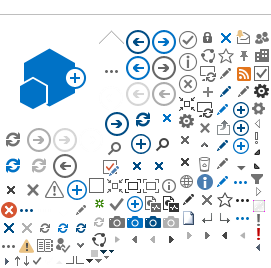Greater use of the nation's abundant wind resources for electric power generation will help the nation stimulate the revitalization of key sectors of the economy by investing in infrastructure and creating long-term, sustainable skilled jobs, enable cleaner energy generation, diversify its energy supply, provide cost‐competitive electricity to key regions across the country, and reduce water usage for power generation.
The wind power program at INL supports The U.S. Department of Energy (DOE) Wind Energy Technologies Office (WETO), and is committed to supporting the development and deployment of a portfolio of innovative technologies for clean, domestic power generation to support an ever-growing industry.
The INL Wind Program's activities are aiding the nation's efforts to accelerate the deployment of wind power technologies through improved performance, lower costs, and reduced market barriers. The program works with industry, universities, and other federal agencies through a number of mechanisms to conduct research and development activities through competitively selected, directly funded, and cost-shared projects.
One primary goal of rendering today’s transmission grid “smarter” is to optimize and better manage its power transfer capacity in real time. Power transfer capacity is affected by three main elements: stability, voltage limits, and thermal ratings. All three are critical, but thermal ratings represent the greatest opportunity to quickly, reliably and economically utilize the grid’s true capacity. With the “Smarter Grid”, new solutions have been sought to give operators a better grasp on real time conditions, allowing them to manage and extend the usefulness of existing transmission infrastructure in a safe and reliable manner.
A major objective of the INL Wind Program, which is identified by the DOE as a core capability is to provide industry a Dynamic Line Rating (DLR) solution that is state of the art as measured by cost, accuracy and dependability, to enable human operators to make informed decisions and take appropriate actions without human or system overloading and impacting the reliability of the grid. In addition to mitigating transmission line congestion to better integrate wind, DLR also offers the opportunity to improve the grid with optimized utilization of transmission lines to relieve congestion in general.


